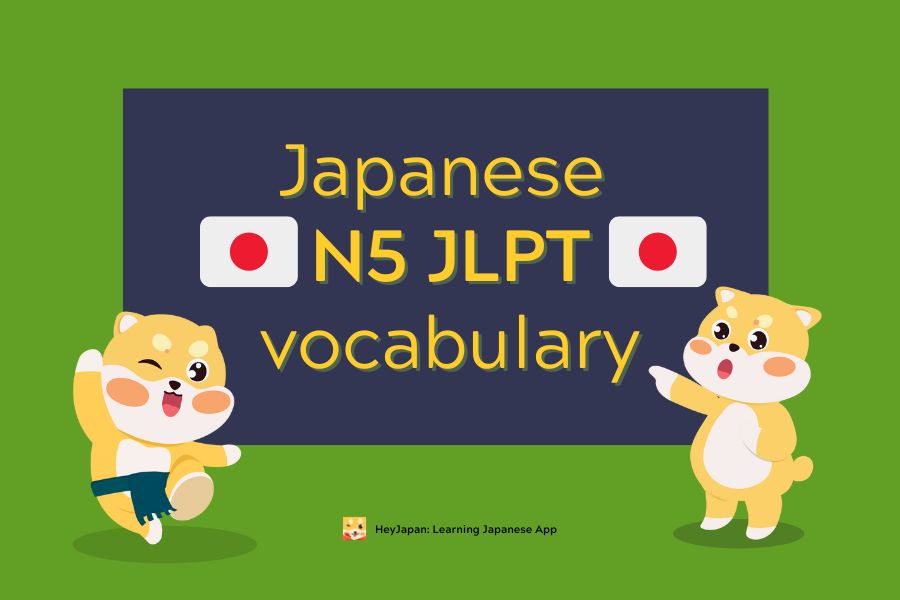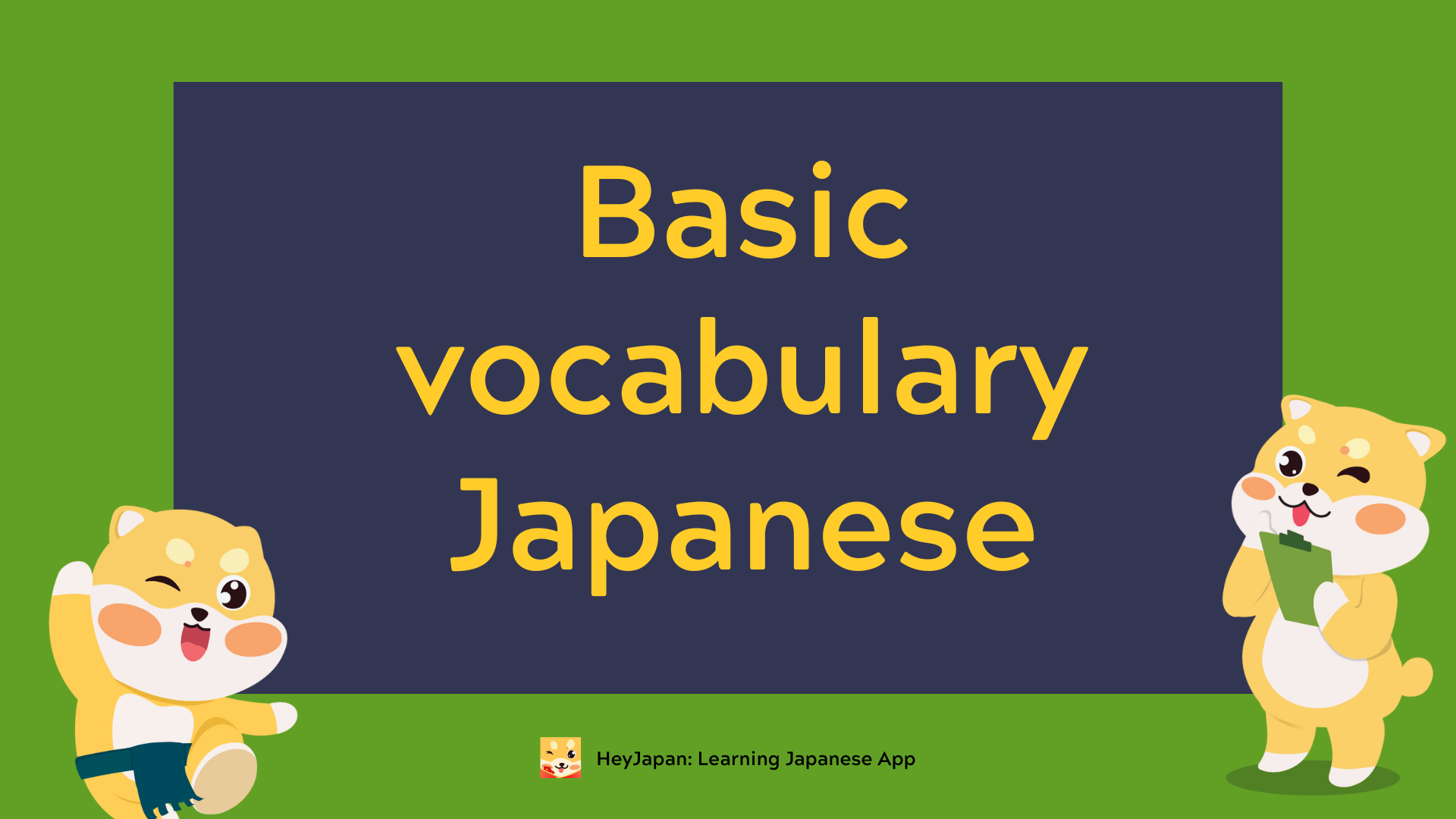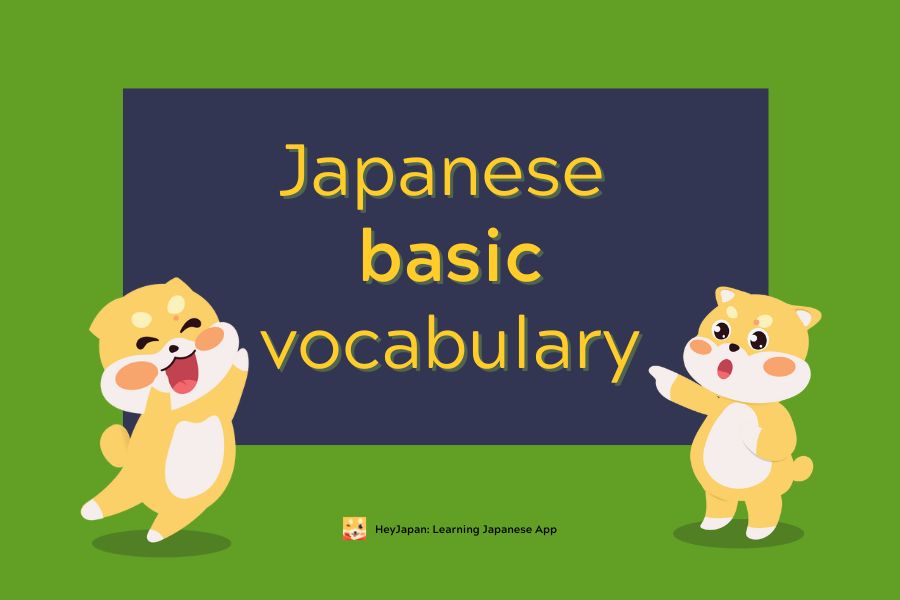- What Does “Ja ne" Mean?
- How and When to Use “Ja ne”
- 1. Appropriate Contexts
- 2. Situations to Avoid “Ja ne”
- The Cultural Significance of “Ja ne”
- Ja ne vs. Other Goodbye Phrases
- Fun Facts About “Ja ne”
- How to Practice Using “Ja ne”
If you’ve been learning Japanese, you might have come across the phrase “Ja ne” (じゃね) and wondered, "What does Ja ne mean?" It’s a casual way of saying “See you” or “Bye” in Japanese, commonly used among friends or peers. In this article, we’ll explore its meaning, proper usage, and cultural nuances to ensure you can confidently use it in everyday conversations. Let’s dive in!
What Does “Ja ne" Mean?
The phrase “Ja ne” is a shortened and casual expression in Japanese that translates to “See you” or “Bye” in English. It’s derived from a longer phrase, “Ja mata ne” (じゃまたね), meaning “See you again.” The casual nature of “Ja ne” makes it ideal for informal settings and conversations with friends. If you’re just starting your journey with Japanese, you may also want to learn how to say I am learning Japanese in Japanese to introduce yourself to others in the language.

How and When to Use “Ja ne”
1. Appropriate Contexts
- Casual Conversations:
Use “Ja ne” when saying goodbye to friends, classmates, or coworkers in informal situations. - Short-Term Goodbyes:
This phrase is best for goodbyes when you expect to see the person again soon.

2. Situations to Avoid “Ja ne”
- Formal Settings:
Avoid using “Ja ne” in professional or formal contexts. Instead, opt for polite phrases like “Shitsurei shimasu” (失礼します) or “Sayonara” (さようなら). - Permanent Farewells:
For long-term or emotional goodbyes, “Sayonara” is more appropriate. - If you're wondering how to greet someone politely during different times of the day, you should check out how to say good morning in Japanese for a morning-appropriate phrase.
The Cultural Significance of “Ja ne”
In Japanese culture, how you say goodbye reflects the nature of your relationship with the person. “Ja ne” embodies a casual and friendly tone, emphasizing a relaxed connection.
- Building Friendships:
Using “Ja ne” fosters closeness and camaraderie among peers. - Non-Verbal Communication:
A wave or nod often accompanies “Ja ne,” adding warmth and friendliness to the farewell. - If you’re interested in mastering essential Japanese phrases, it might also be helpful to learn how to write help in Japanese for situations where you might need assistance.
Ja ne vs. Other Goodbye Phrases
Japanese has a range of goodbye phrases suited for various contexts. Here’s how “Ja ne” compares:
- Sayounara (さようなら): A formal goodbye, often used for long-term farewells.
- Mata ne (またね): Similar to “Ja ne,” but slightly more versatile, meaning “See you again.”
- Shitsurei shimasu (失礼します): A polite phrase for leaving a professional setting.
- Otsukaresama desu (お疲れ様です): Common in workplaces, meaning “Thank you for your hard work” or “Goodbye.”
Fun Facts About “Ja ne”
- Casual Variants: Some friends might say “Ja” or “Ja na” for an even more informal tone.
- Anime and Pop Culture: You’ll frequently hear “Ja ne” in anime, movies, and dramas, making it a great phrase to pick up from Japanese media.
- Non-Verbal Additions: In Japanese culture, a slight wave or even a smile can enhance the casual warmth of “Ja ne.”
How to Practice Using “Ja ne”
To master casual phrases like “Ja ne”:
- Daily Conversations: Practice saying it at the end of chats with language partners or friends.
- Media Immersion: Watch Japanese TV shows or anime and note how and when “Ja ne” is used.
- Language Exchange: Apps like Tandem or HelloTalk are great for real-world practice.
Now that you know what “Ja ne” means and how to use it, start incorporating it into your daily Japanese practice. Share this article with friends who are also learning Japanese, or leave a comment below if you have any questions. Let’s keep improving together!
So, what does “Ja ne” mean? It’s a friendly and casual way to say goodbye, perfect for informal settings. Whether you’re chatting with friends or watching your favorite anime, mastering this phrase will bring you closer to speaking Japanese naturally. Practice it often, and soon enough, saying “Ja ne” will feel as natural as saying “See you” in English.









